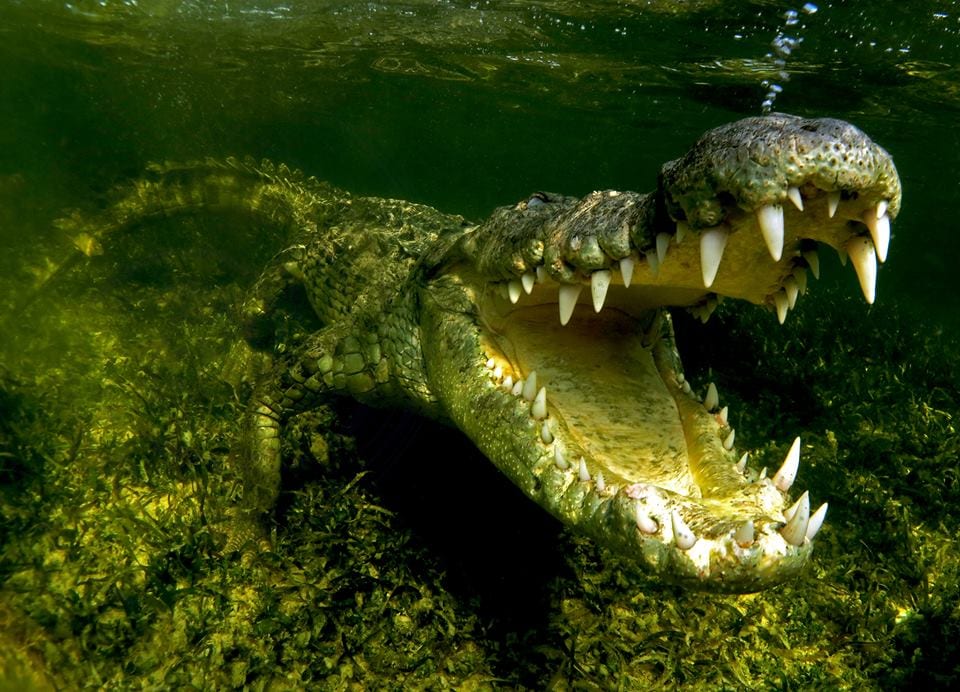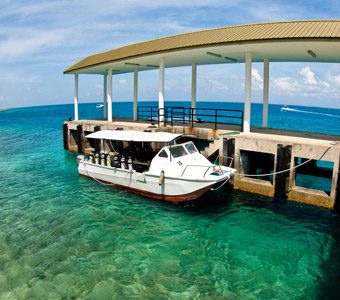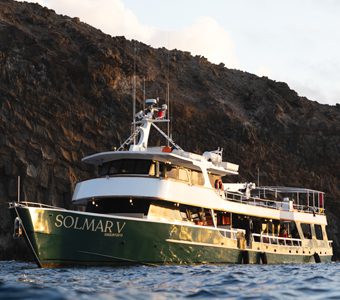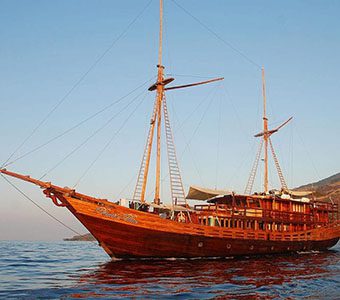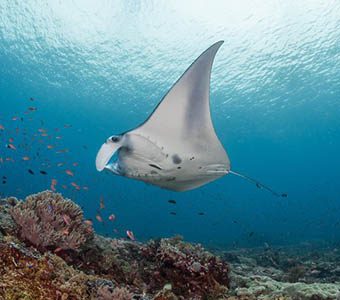Sharks, mantas, whales, whale sharks… the ocean is home to many large and somewhat mysterious creatures. Some gentle playful giants, and some misunderstood apex predators. So where do you go to dive with the ‘BIG STUFF’? Here’s our pick of the best experiences within easy reach of a dive resort or liveaboard itinerary.
Manta Rays
These giant, graceful creatures are on many divers’ bucket list. In some places you can be lucky with encounters and others you are pretty much guaranteed to see several. In Indonesia, for almost guaranteed encounters, Bali’s Manta Point, Komodo’s Manta Alley and Raja Ampat’s Manta Sandy.
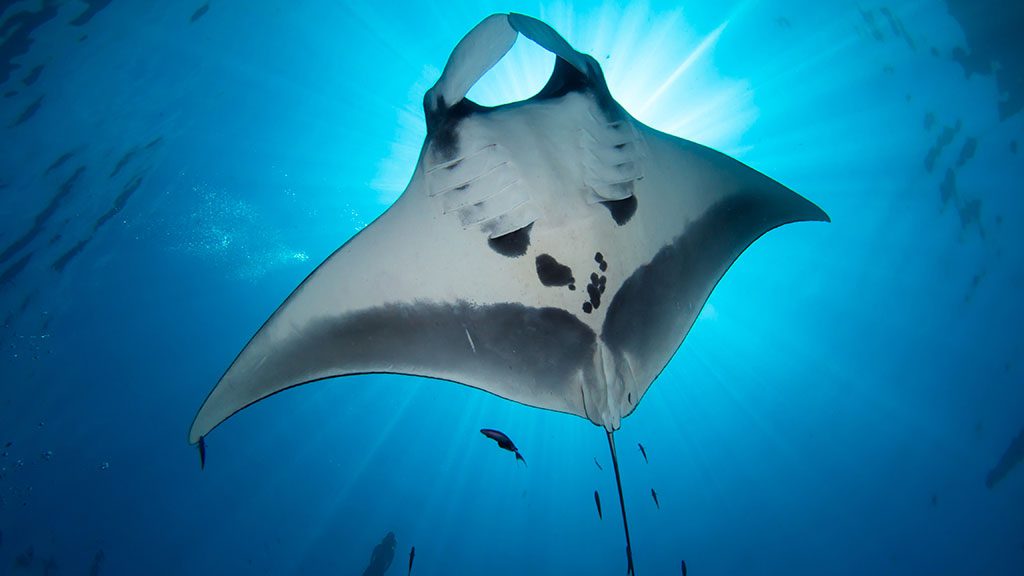
In Australia, in season you will see mantas on dives such as the Manta Bommie off the coast of Brisbane and Wolf Rock in southern Queensland, in Coral Bay on the Ningaloo Reef in Western Australia, and Lady Elliot Island on the Southern Great Barrier Reef, which both have resident populations, you are almost guaranteed an encounter. In Fiji, you can snorkel with mantas in the Northern Yasawa Islands between May and September but there are few other places in the South Pacific renowned for manta encounters including Fakarava in French Polynesia, and in the North Pacific, Palau has almost guaranteed encounters between November and May.
Mexico’s remote Socorro Islands, only accessible (by liveaboard) between November and April, is one of very few places for an encounter with the enormous oceanic manta rays. Over in the Indian Ocean, the Maldives’ Hanifaru Bay has possibly the world’s largest resident population, with some lucky divers seeing hundreds on a single encounter.
Whale Sharks
Despite their popularity, we know very little about whale sharks. We don’t know where they breed, where they’re born, or how far they travel in search of food. We do know, like mantas, they are filter feeders, and are often encountered in places where mantas are also spotted. But not always.
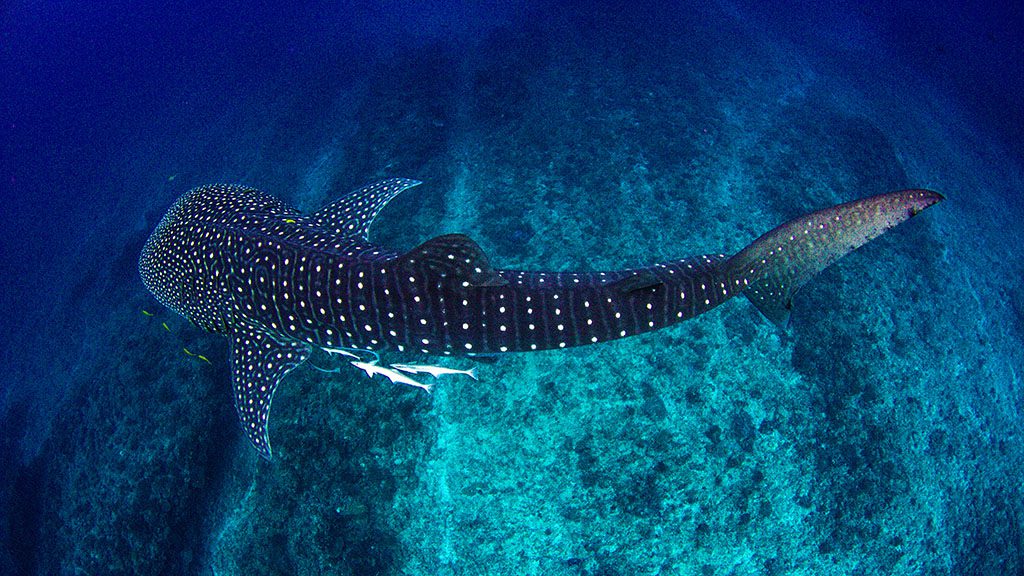
In Australia, Ningaloo Reef is well known for whale shark encounters between March and August and on Christmas Island between November and April. In Indonesia, there are aggregation sites in Raja Ampat’s Cenderawasih and Triton Bay, the lesser-known Saleh Bay in West Nusa Tenggara, and in the Philippines, Oslob, Donsol and the Tubbataha Reef. They are also frequently seen in Myanmar and Thailand, in both the Andaman Sea and Gulf of Thailand dive destinations.
Whale sharks are frequently sighted in the Maldives, with a 90 per cent chance of encounter at South Ari Atoll, a secondary nursery populated mainly by juvenile males year-round.
In the Americas, whale sharks can be seen in Cancun, Mexico from May to September, and in the Pacific in Galapagos from June to November.
Reef Sharks, Hammerheads, Great Whites, Tigers and Bull Sharks
Sadly, many shark species are endangered, and encounters with large aggregations are rare, especially in Asia but there are still several spots around the globe where it’s possibly to have a close encounter.

Great Whites can be viewed from an underwater cage in South Australia and South Africa. Tiger sharks are a popular attraction in the Bahamas and can also be seen, along with bull sharks year-round at the shark dives in Beqa Lagoon and the southern Yasawa Islands in Fiji. Bull sharks are also common in the Bahamas and from November to March in Playa de Carmen, Mexico.
In Australia, the best places to see schooling reef sharks and Galapagos whaler sharks include Lord Howe Island, and North Horn on Osprey Reef, in the far northern reaches of the Great Barrier Reef.
French Polynesia’s Fakarava is famous for its ‘Wall of Sharks’, and aggregation of over 700 grey reef sharks at the atoll’s South Pass, and Rangiroa, where you’ll see a variety of shark species and may even spot the odd great hammerhead shark. Of course, Galapagos is famous for its schooling hammerheads, with increased shark activity from December to May and the islands of Malpelo in Colombia are also very sharky!

Schooling hammerheads can be found year-round in Japan’s Mikimoto, near the Izu Peninsula, and at the remote island of Yonaguni in Okinawa prefecture, in February and March. The best time for encounters in Galapagos is from January to May, and at Cocos Island, Costa Rica, June to November is the peak time of year for hammerhead sharks, whale sharks and manta rays. They are also found in Indonesia’s Banda Sea, with several liveaboards visiting the region in September and October each year.
Whales
There are not many places with easy access to diving or snorkelling with the giant mammals of the ocean, however more and more opportunities to snorkel with whales are emerging.
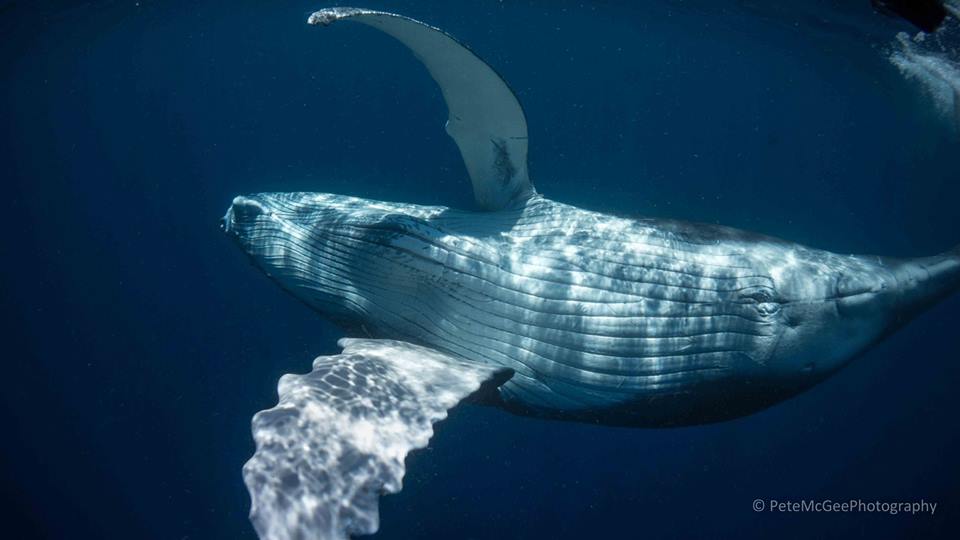
In the South Pacific, Tonga and Niue are both well-known for their annual aggregation of humpbacks as is Moorea in French Polynesia. In Australia, you can swim with minke whales in the Great Barrier Reef’s northern Ribbon Reefs between June and August with Mike Ball Dive Expeditions and Spirit of Freedom, and humpback whales in Coffs Harbour, Hervey Bay and the Ningaloo Reef.
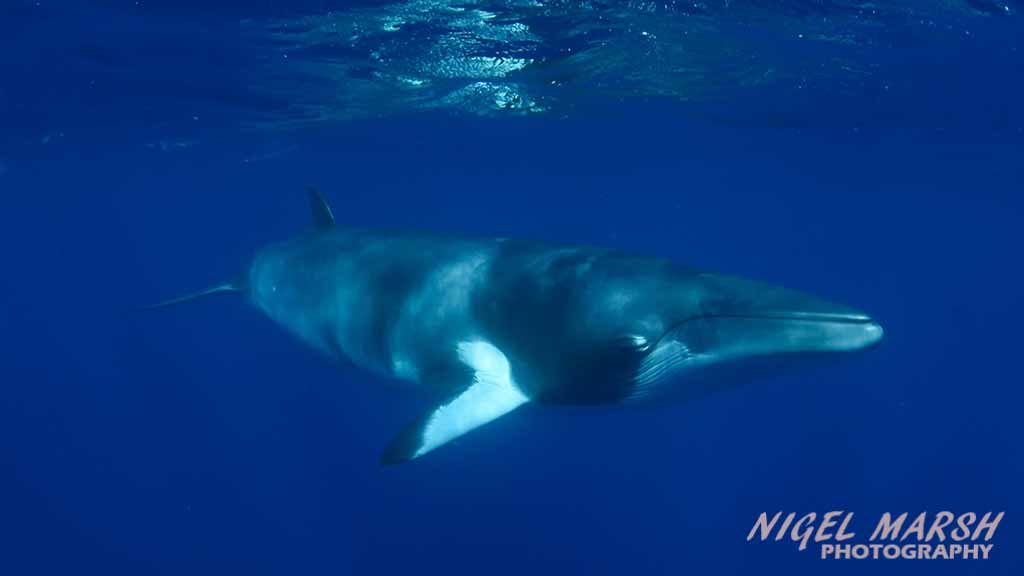
The Banda Sea in Indonesia, accessible by liveaboard on crossover Komodo to Raja Ampat tours in September and October, is a great spot for encounters with several species of whales, including humpback, pilot and blue whales. Liveaboards including the Pindito, White Manta, Blue Manta and Damai I and Damai II all offer Banda Sea itineraries.
In Timor-Leste, between October and December it’s possible to spot sperm, pilot, humpback and blue whales as well as orcas and several species of dolphin.
Crocodiles
If you’re bold (or maybe crazy?) enough to dive with saltwater crocodiles, there are two places you can do this. The Gardens of the Queen National Park in Cuba, or Banco Chinchorro in Xcalak, Mexico.
